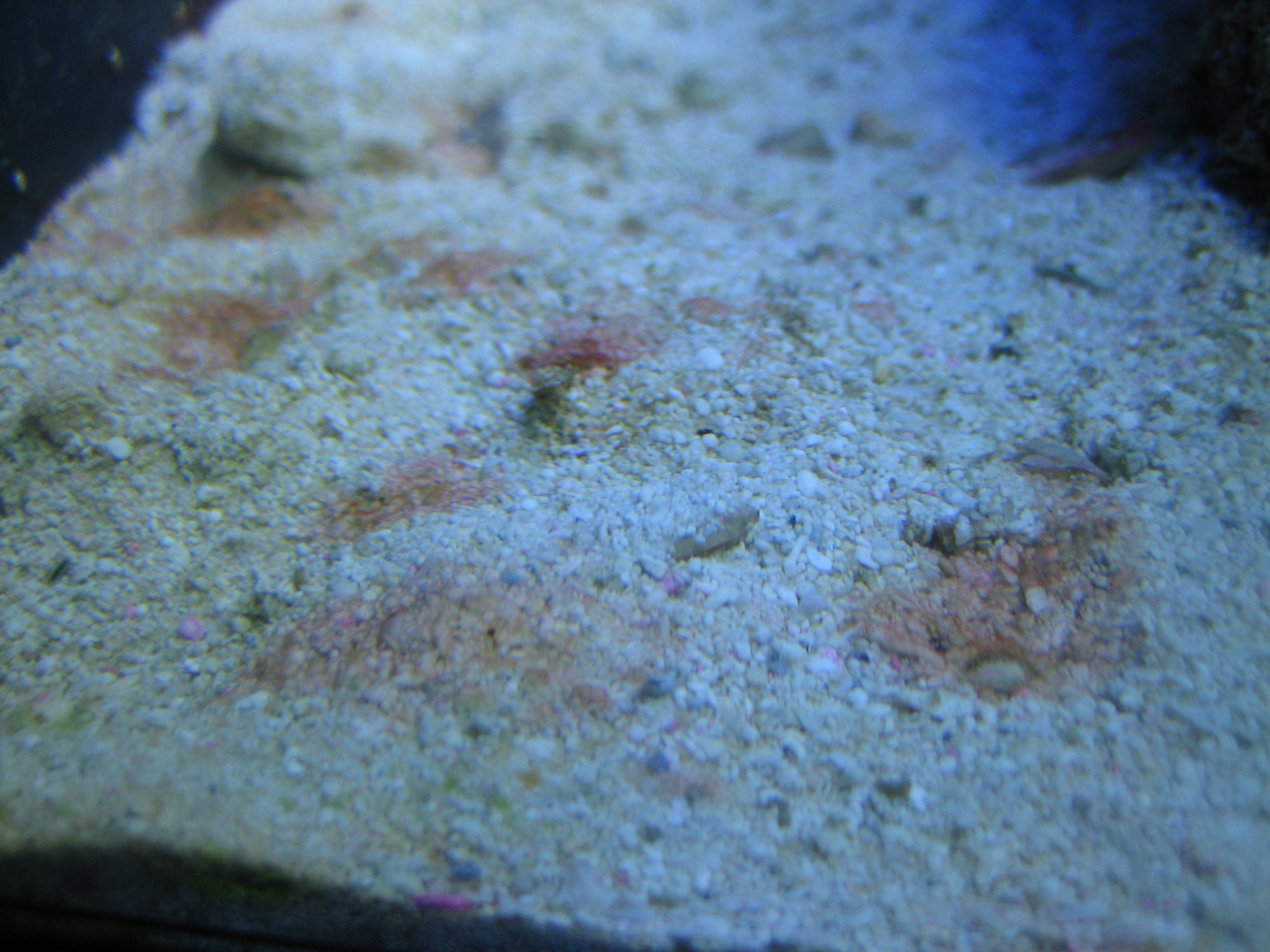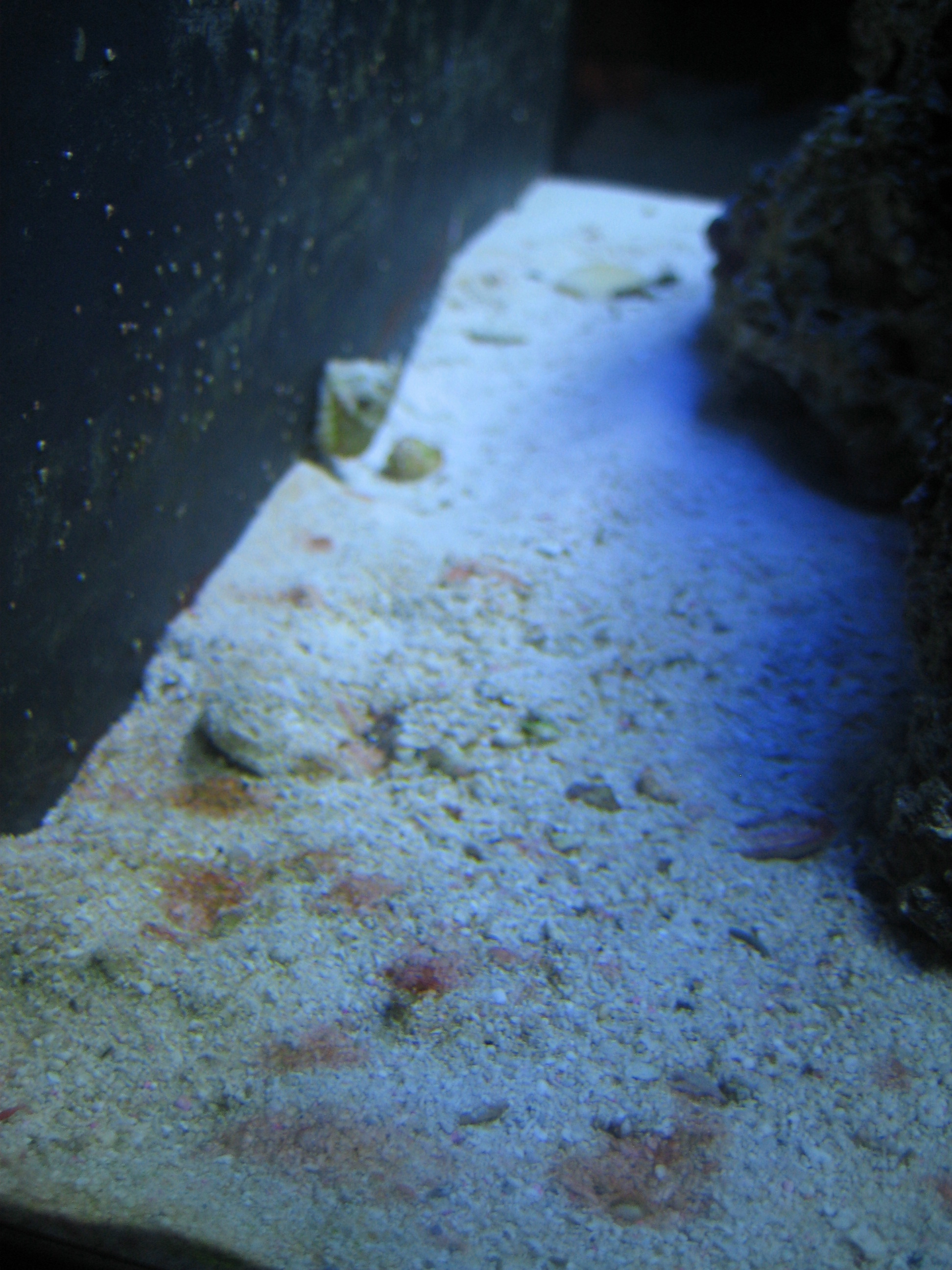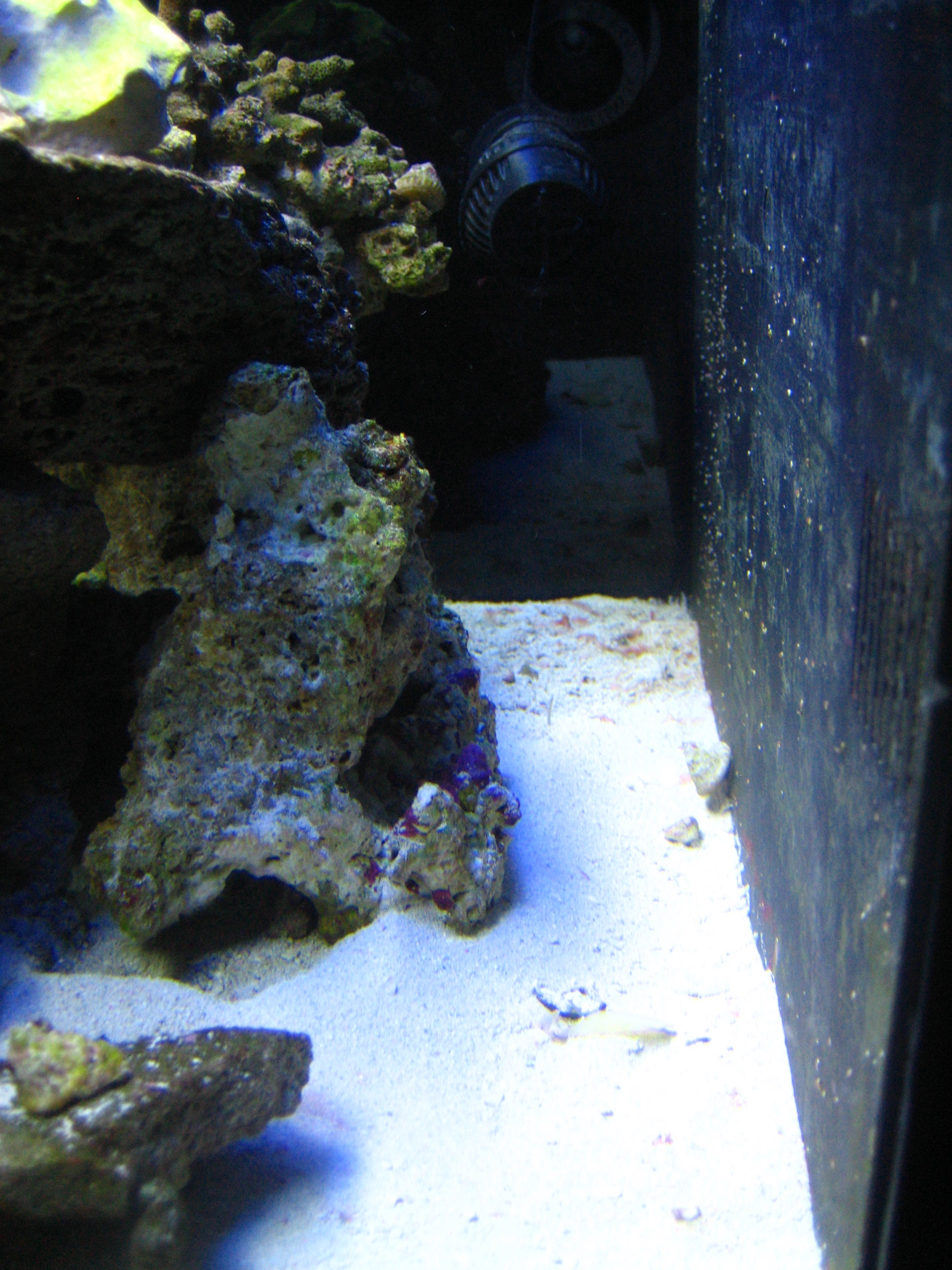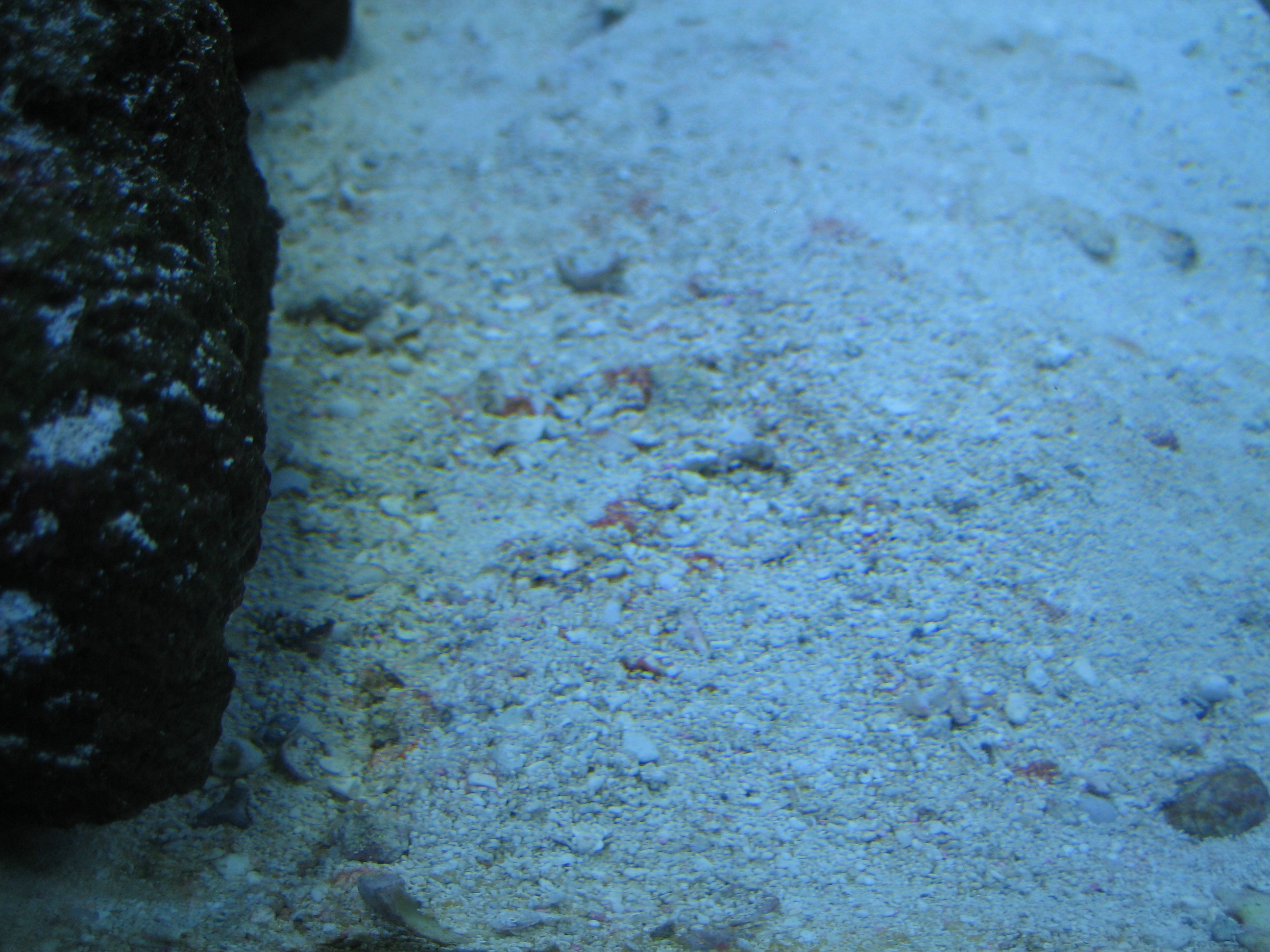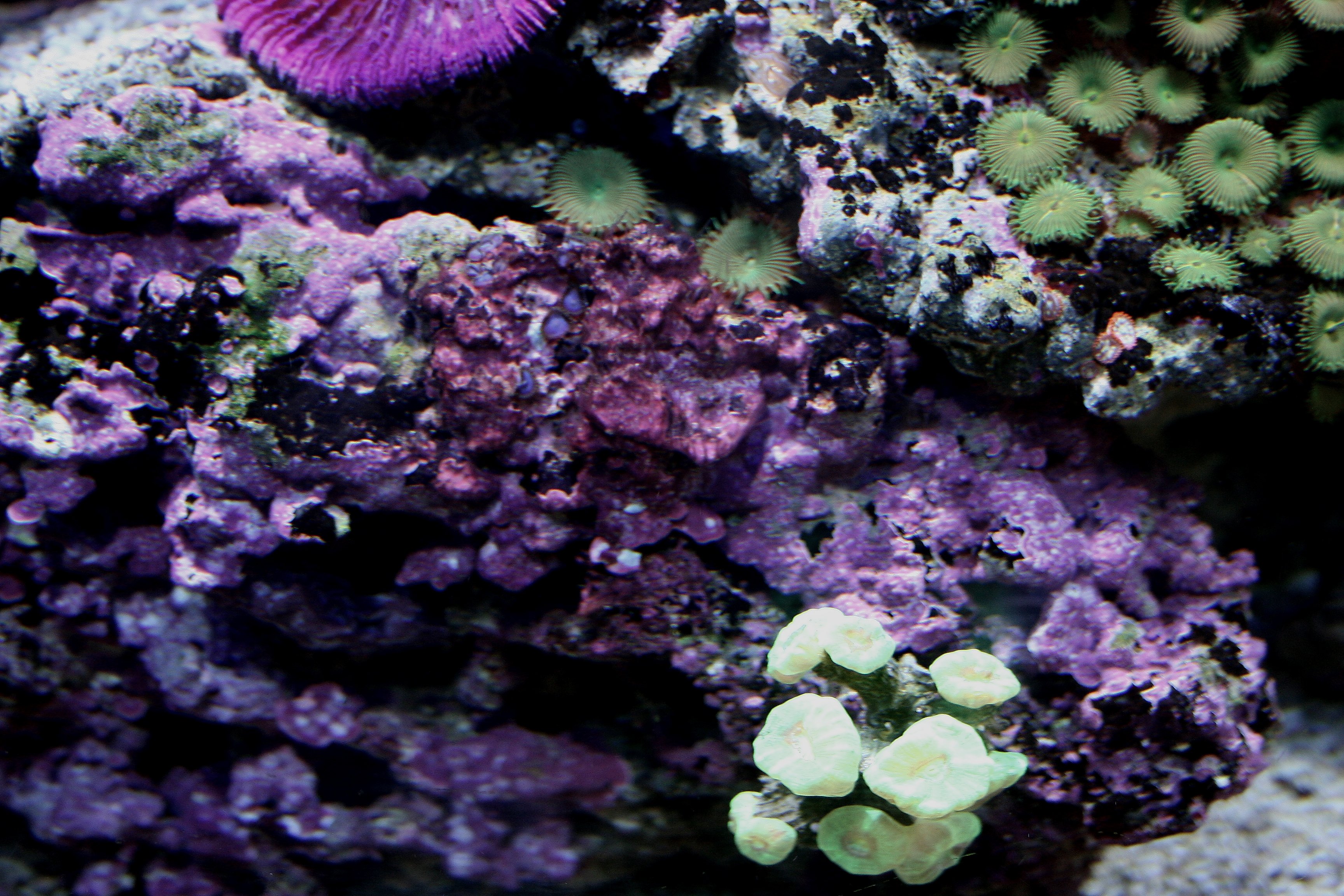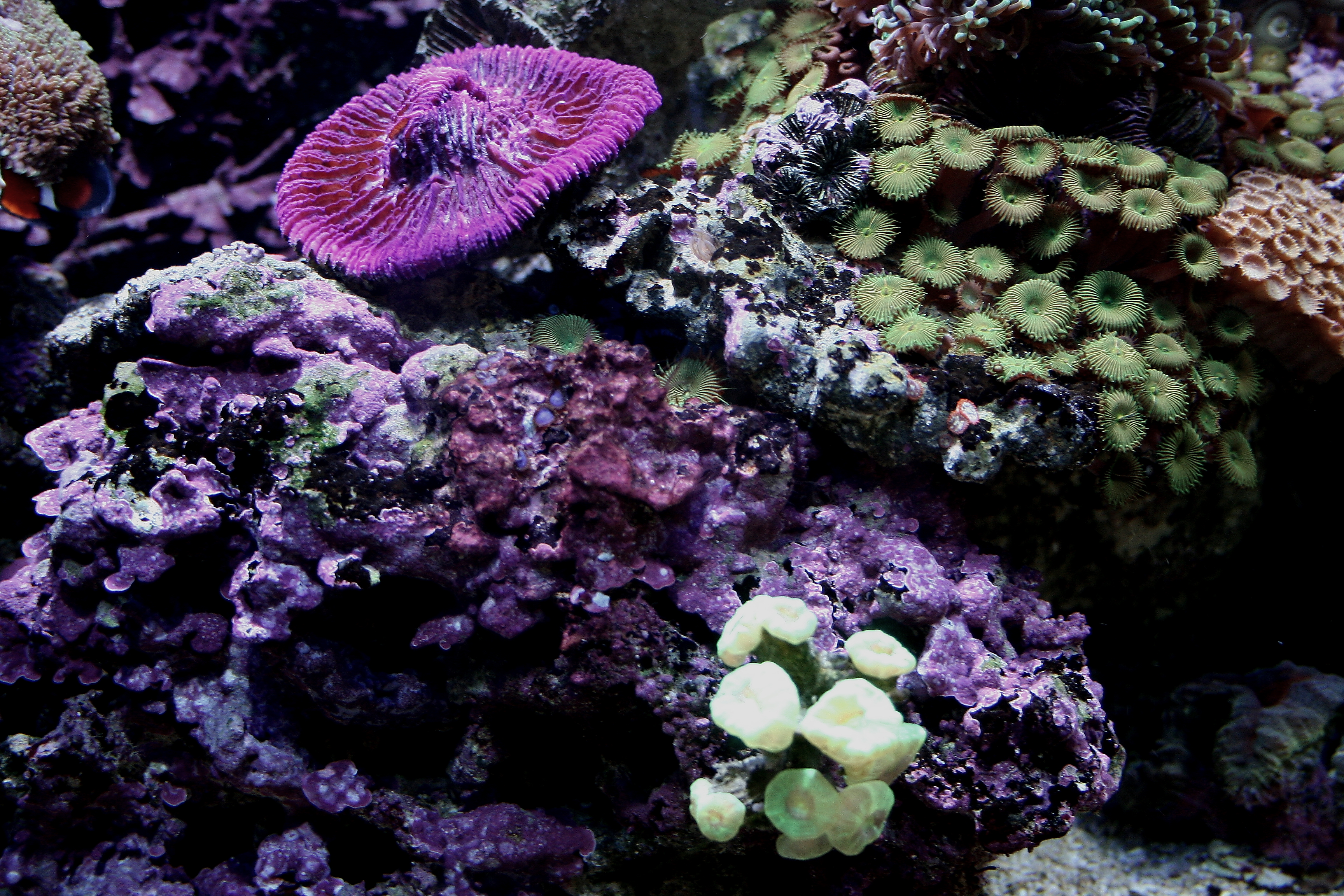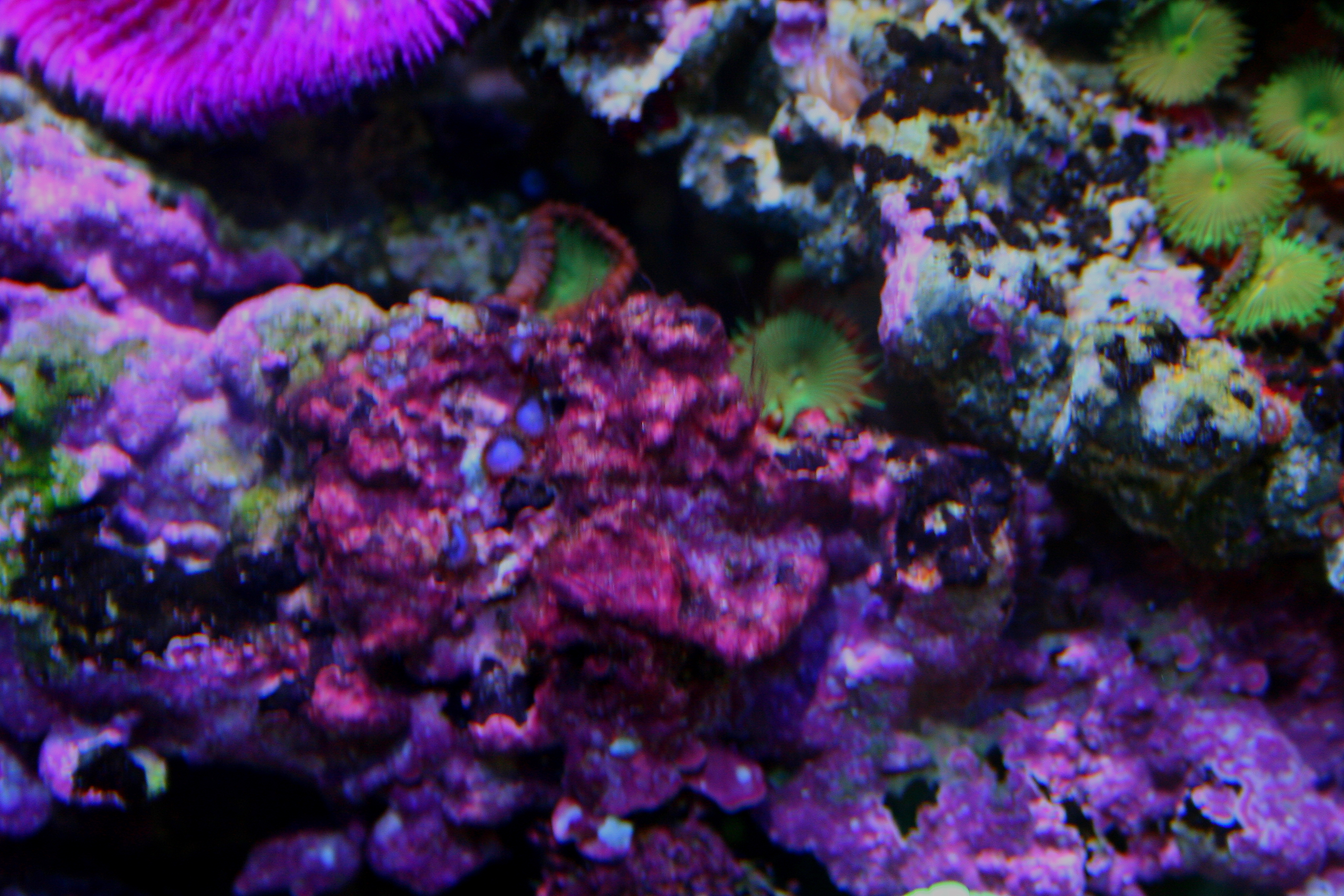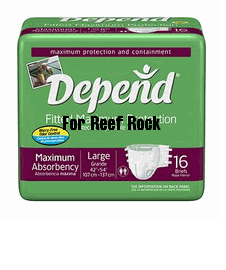I'm sorry if you posted this already but how long do you leave your lights on? I personally recommend 6 hours max for you then use you blues. I believe Henry gave you some good advice on lighting and schedule. Seriously, I don't think you have the corals that need the lights that long anyway right? Seems to me and according to your pics here most of your cyano problem is in the back of the tank correct? Try placing you P.H. on the right side on the glass somewhat in the middle pointing it downward at maybe 45 degrees. Just my thought.
Also, from Mr. Craig Bingman:
Systems that have problematic amounts of cyanobacteria almost always have some combination of physical, chemical and biological problems. Often there is not a unique factor involved, but rather a sum of contributing effects.
Physically:
Water flow and illumination. You mentioned that the cyano are growing mainly in areas of high flow, so low flow seems not to be the problem here.
Terri, you can test your flow very easily by both watching the food when you feed your fish. Watch and see where the food goes. If not able to see this due to the fish eating to quickly, take a piece of bright colored string or yarn, slowly add in the tank while hanging on the the other end. Slowly give some slack and watch where the string goes. Typically, it should circulate through out the entire tank. Anyhoooooo, back to Mr. Bingman.
Chemical:
The testing that you should be concentrating on is testing of the input water into the system. If you have a good growth of cyanobacteria in the system, it is likely that they will be snapping up inorganic nutrients about as fast as you are adding them. Moreover, if you had one nutrient that was high and the other low, you would not know if the nutrient that was high in the system was really "the problem" since the algae might actually be more limited by the nutrient present at low concentrations. Some people suggest limiting feeding in cases like this, and I always have a skeptical reaction to that. Sure, if you are grossly overfeeding the system, you can cut back, but I think most often this sort of advice results in starving fish and other organsisms. Some people are very fond of the model of an aquarium as an "ecosystem" and believe that it should produce adequate food. Well, often that is not the case. I'm more of a "cross flow of nutrients" theorist, meaning that I feed my tank more than most people would, but I have a solid nutrient export mechanism working. A sand bed is not a nutrient export mechanism, except perhaps for nitrogen. Sand beds are mainly nutrient processing areas. Nutrients are rearranged, sometimes into very desirable forms, like invertebrate larvae, but nutrients other than N don't leave the system due to sand bed processes.
Terri, something you must know, you really should try and test your R/O water. Test the trates/phosphates before adding the salt mix, test the phosphates after adding the salt mix (typically before you add to the tank) No matter how much you trust your LFS, the economy is hitting many fish/pet stores. In saying this I mean they too may be taking short cuts and not have there filters changed as directed to save money. I do test ours just to make sure.
Biological:
Cyanobacteria are often pretty good food organisms, and it isn't being consumed? Why? Often it is because you don't have appropriate herbivores in the system. A number of organisms that happily much on cyanobacteria live in sand beds. So a good question is whether or not it is possible that the sand infauna in your system either never was seeded properly in the beginning, or for some reason may have been degraded over time. People have literally written books about live sand, and there are a number of good articles on this subject on the internet. I would suggest reading mainly the contributions by Rob Tonnen and Ron Shimek on this subject. Rob also wrote a two-part feature in FAMA on this subject not too long ago, and it was very worthwhile reading even though there were a couple of minor bugs in the chemistry discussion. ;-)
A piece of advice from one of the oldest hands in the reef aquarium world, Peter Wilkins, is worth repeating at this point. Sometimes a cyanobacteria problem can be resolved by seeding the tank with some sand from a system that doesn't have a problem with cyanobacteria. You also might want to add a small quanity of fresh live sand to your system.
Personally, don't fret, keep up with what you are doing with the water changes and other chores. Persistance!!
Also, and I hate to say it, but once you have tried these and all has failed, you may have to resort to chemical warfare. Look into it and think about it. Just my lil ol opinion.

